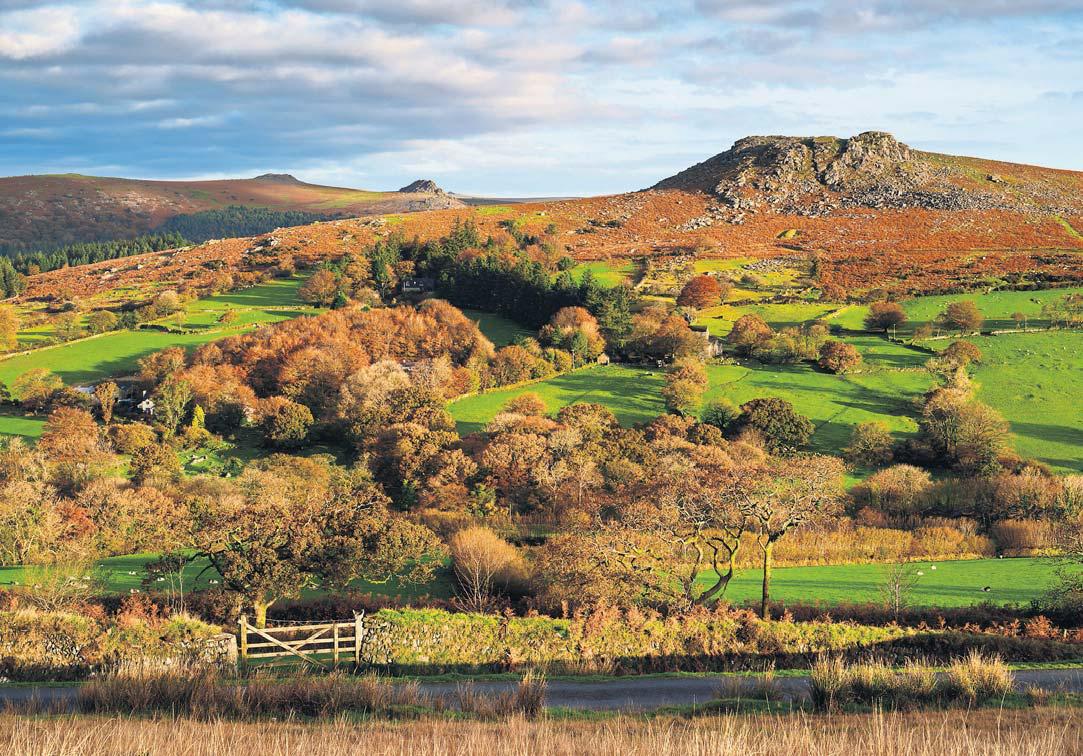The first full assessment of how well they are supporting nature recovery has shown that National parks are failing to tackle the biodiversity crisis, with just 6% of national park land in England and Wales managed effectively for nature.
The report by the Campaign for National Parks (CNP) charity shows that National parks, which cover 10% of England and 20% of Wales and this year celebrate their 75th anniversary, are not restoring nature because of a chronic lack of government funding and because they were designed for a different era.
The parks’ direct grant from government has been cut by 40% in real terms since 2010, with most national parks only receiving several million pounds – equivalent to the annual budget of a small secondary school.
Ruth Bradshaw, who is the policy manager for the CNP, said: “National parks are special places and they are the last refuges for struggling species like curlew, hen harrier and cuckoo. Nature in the national parks isn’t immune from the crisis that is happening elsewhere but there are huge opportunities to bring it back to good health. We need urgent action and major changes – the government needs to strengthen legislation and significantly increase the resources that are going into nature recovery in the national parks.”
Read also: Study: Exchanging red meat for herring, sardines could save 750,000 lives
National parks are key to Britain meeting its commitment to protecting 30% of land and sea for nature by 2030 but nature is still in retreat in these protected areas.
Peatlands, which store carbon and cover 43% of the land within national parks, are in poor condition: an estimated 1% of Dartmoor’s deep peat area is in a healthy condition, according to the CNP report. There had been virtually no change in woodland coverage across national parks in the five years to 2020, and rivers and lakes are in worsening health. The 47% of rivers in national parks judged in “good” health in 2013 fell to 39% in 2022.
Apart from the lack of funding, national parks are struggling to restore nature because only 13.7% of national park land is publicly owned, with the vast majority privately owned and managed as farmland. Most of this land has suffered from the same nature losses linked to the intensification of farming over the past 75 years in the rest of Britain.
Story was adapted from the Guardian.
